Disappearing Landscape is a treasure of an art book featuring the work of Vachagan Narazyan, one of my favorite artists, whose work has been an inspiration to me for many years. I’ve shared some images of his art a few years ago here on Muddy Colors, along with some information about the artist as well. You can read that article here.
This book is a catalog from his solo exhibition in 2004. I was fortunate enough to see the show in person back then, and to meet him there at the opening. His work made quite an impression on me when I first saw it, and I’ve been captivated by his art ever since. This book has been one that I’ve spent a lot of time with over the years. There are a few wonderful paragraphs included in it as well.
Here are some of the images and paragraphs from the pages of Disappearing Landscape:
“I’m an abandoned dovecot. I’m an old phaeton, I’m a knife-grinder. I’m town gates – all things that come from the past. Conceived in another country, they gain body from the fabric of Oblivion, snowing down paths, fixing everything with invisible staples, becoming one with the heart and dust of strange lands. Deep in thought, the enigmatic and melancholic buildings hide behind the veil of scaffolding striving to create a town out of past dreams. In the middle is the old dovecot, abandoned by the builders who had lost the keys to memory. Its doors never open, its windows lightless, as the eyes had absorbed all the light. This town is built of sorrow, and its sickly charm attracts ghosts – tender, sorrowful and caring – who gather secretly as if for a night feast, obedient to the call of imagination, to liven up the gloom. Images from ancient paintings, poetry and music that they are praying for make a theatrical antithesis to the mournful serenity of the Tower of Babel, into which the dovecot eventually turned. But beware! One careless glance and the mirage landscape will disappear…”
“It is a story of a life full of losses, a life on stilts and ropes, a life crammed into the cage of limits, like a beautiful and sad marionette, a charmed life of a clown. Lifting the veil of mystery from the genius that adds luster and color to what otherwise would be called foolery, ability to find the way out of most despairing situations, a daring dream of absolute luck that heals any mishap. He is the minion of fortune, this lucky immortal, this awkward simpleton.”
“Before a journey we first portray someone dear who we are rushing to, then the house where we are being expected, then the road. Thus, in the expanse of landscape metaphor appears the black silhouette of a phaeton, loaded with anguish grown heavy in strange lands, and a clumsy figure urging a horse. The phaeton from a long-forgotten past takes off on a long journey. But the outlines of longed for distance, betraying the speed of the wheels, vanish behind the hazy curtain of Constable’s and Turner’s sky, the pearly sky of tears. More and more wayfarers appear on the roads of separation and sorrow only to continue the absurd journey, the mysterious return to the gates of memory.”
“The artist is a wayfarer following the footprints of anguish, seeking the way to the country of blurred, but unchanging memories. He is there to discover and reach for new horizons, placing himself from one background into another in a hope to find a resemblance to his mental picture where the weather is always the same and the light always shed on unimportant details. A journey like this is easy, it goes with the wind, covering distances faster than birds and the wind that carries them. The captured imagination shifts away the mountains and the sea blocking one’s way back home. Unreal things penetrate the landscape and stay, old memories beckon new ones. Rembrandts’ Saskia and Velazquez’s Infanta join the act, the mise-en-scene intact. The artist becomes the landscape, the eternal lone traveler.”
You can find more of his art here too:


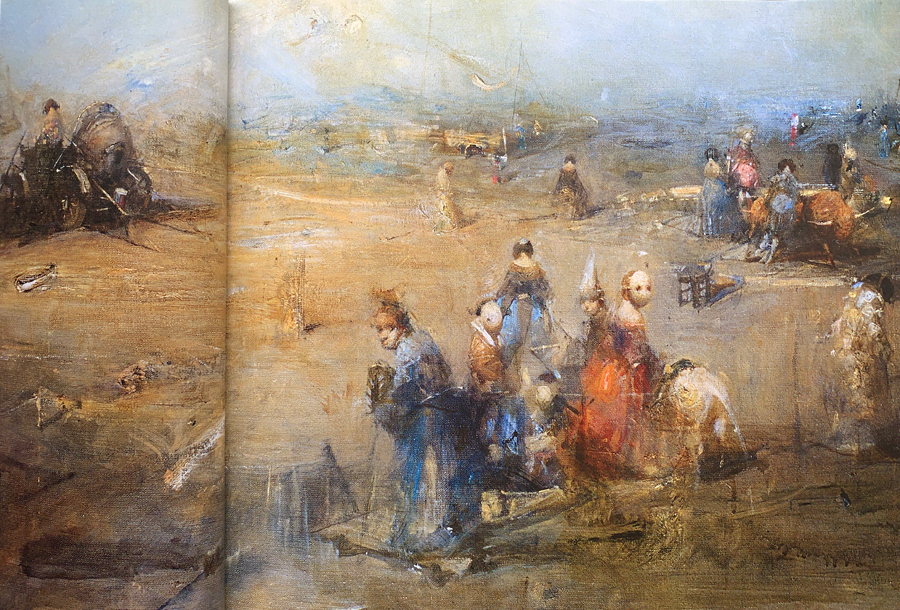
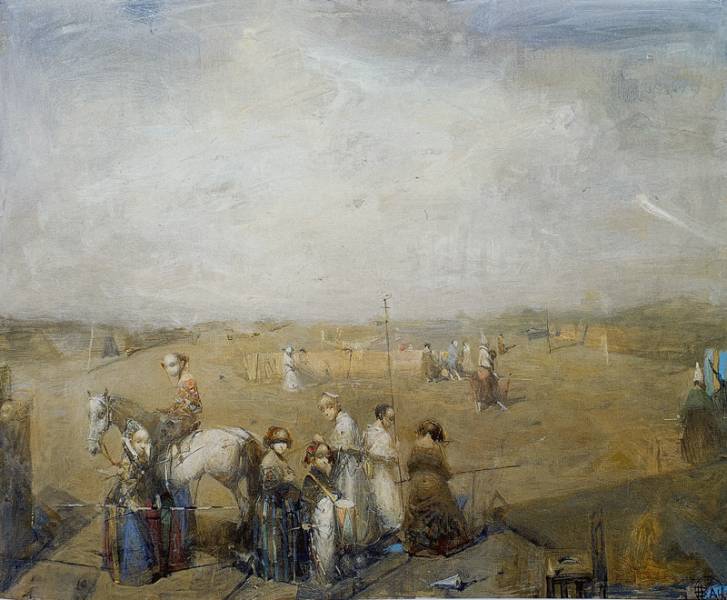
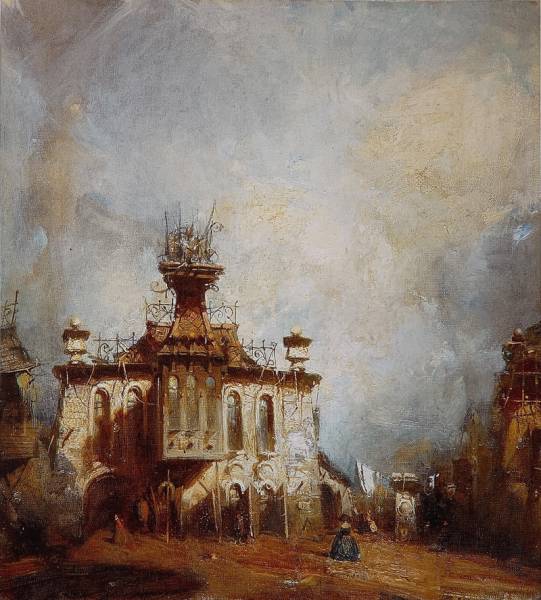
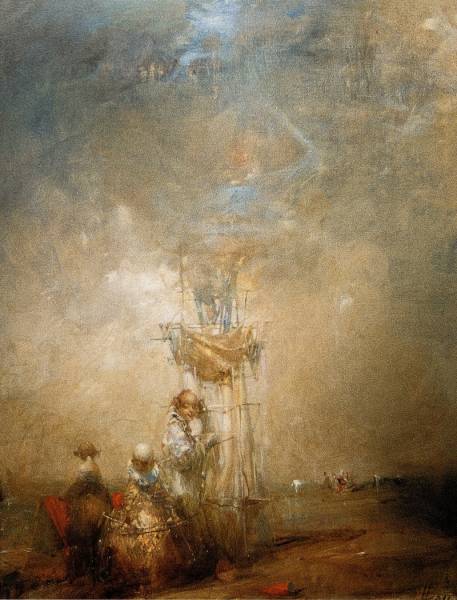
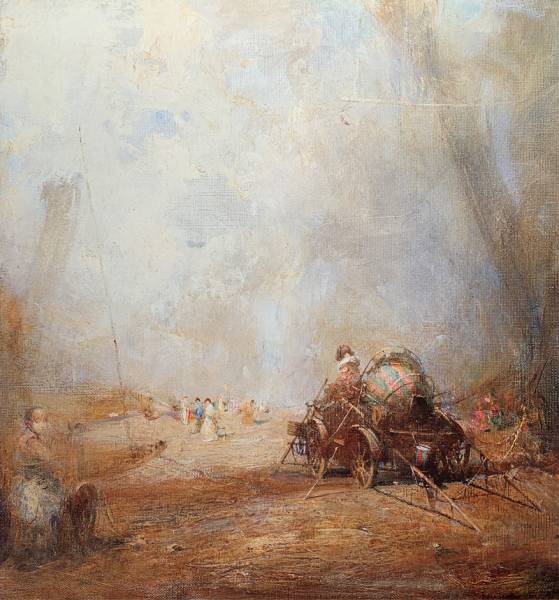
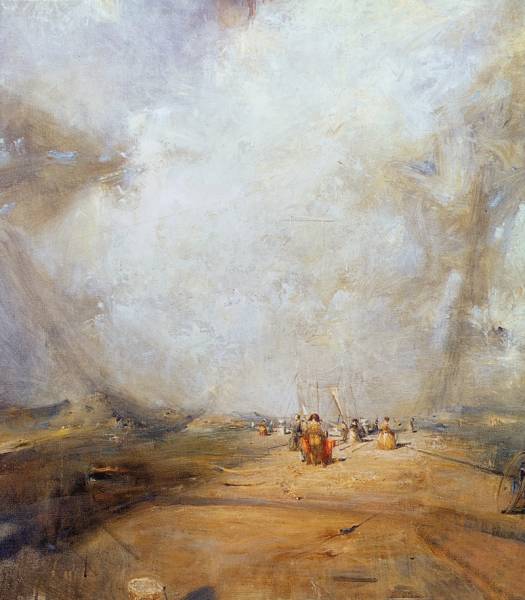
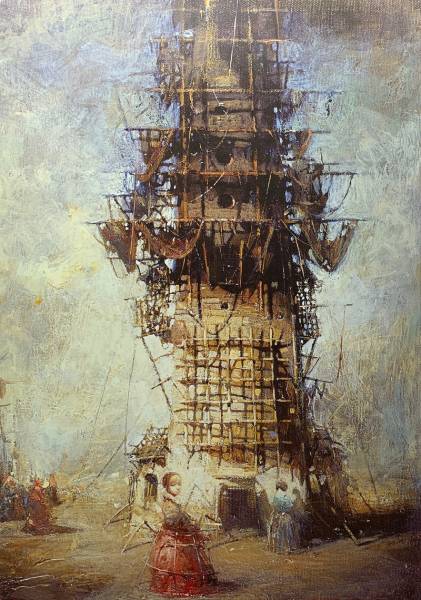
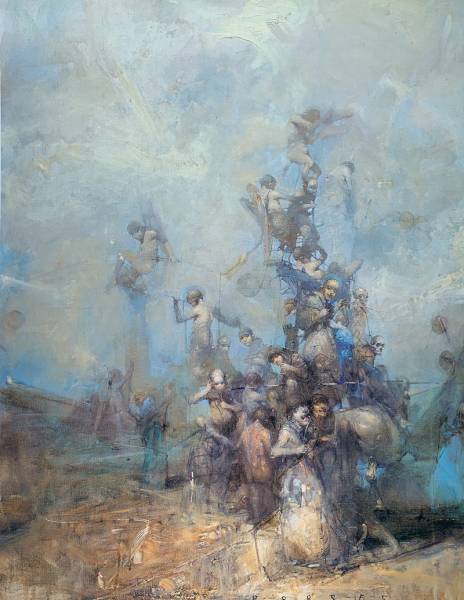
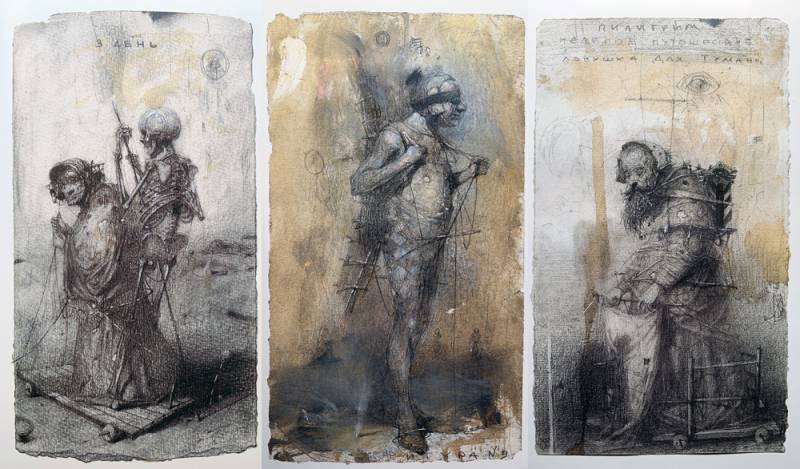

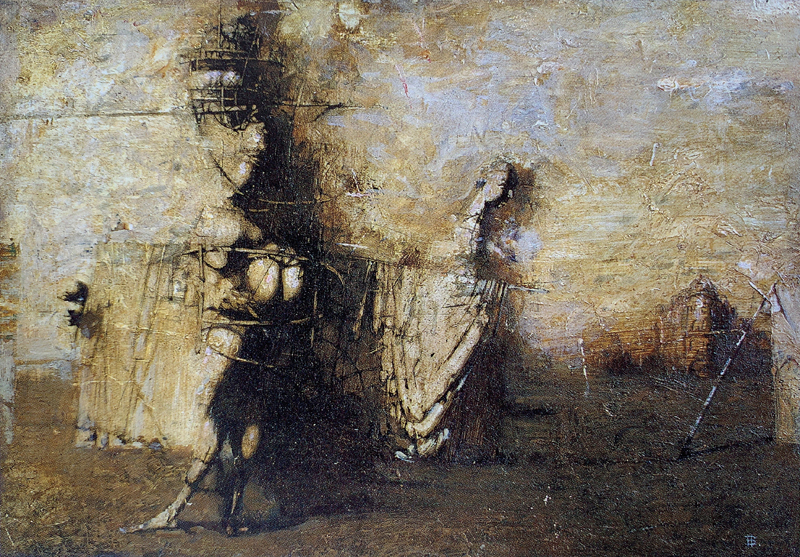

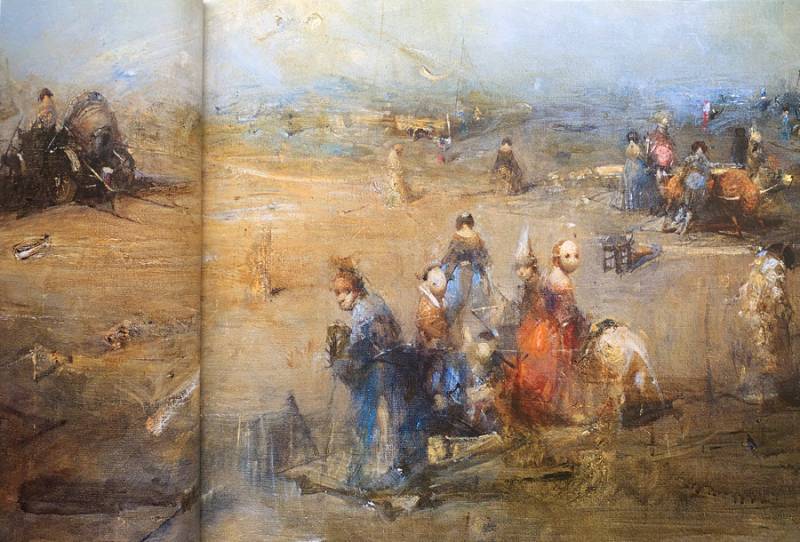
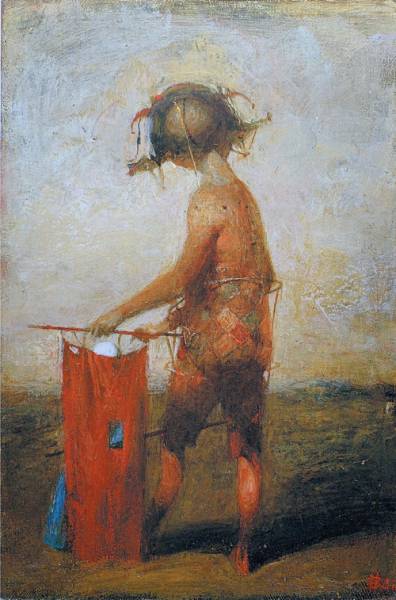
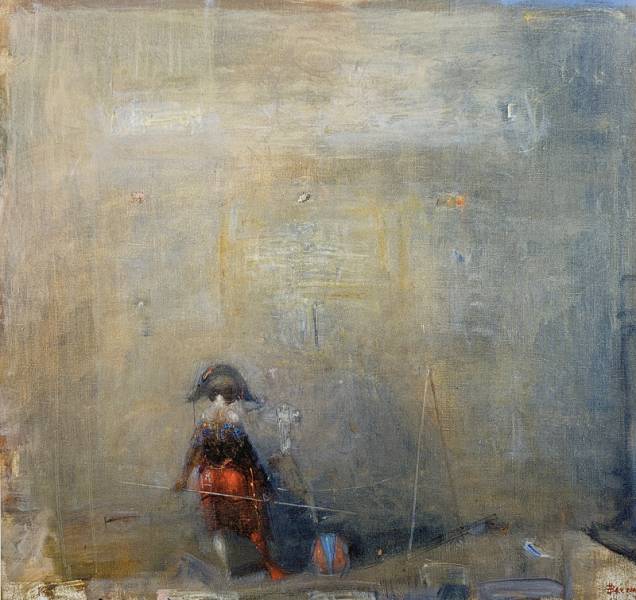
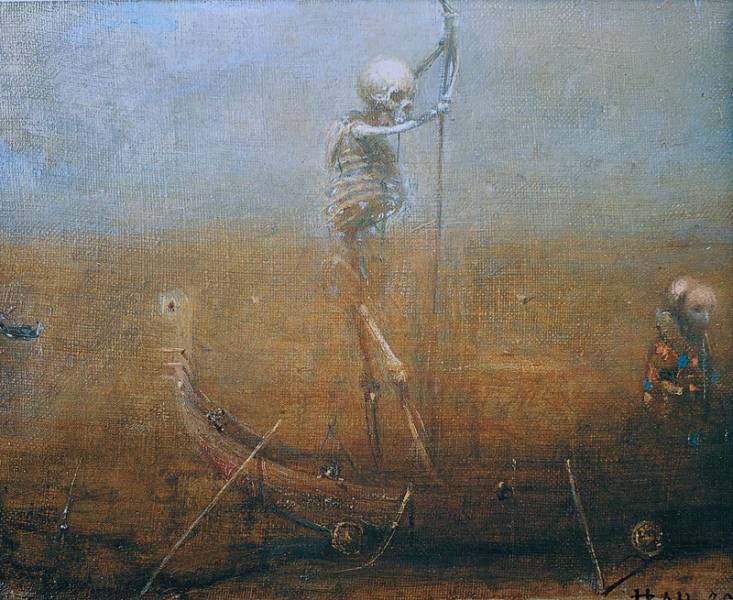
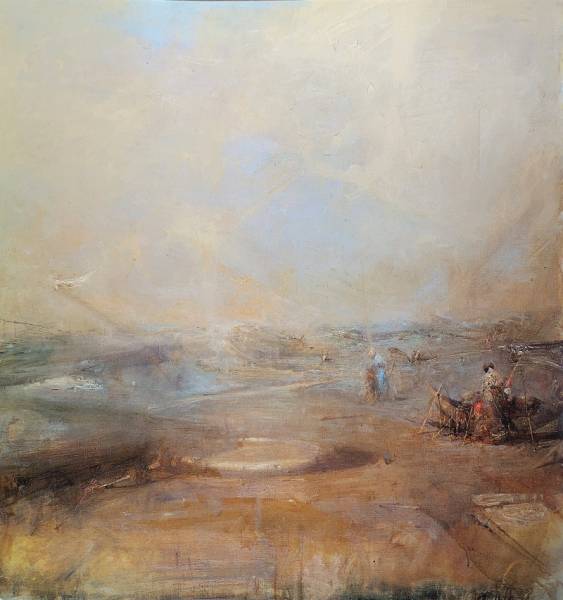
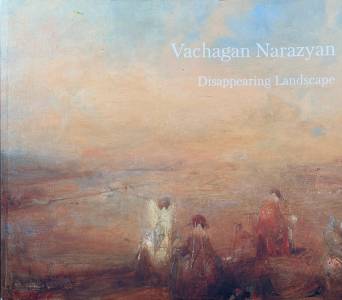

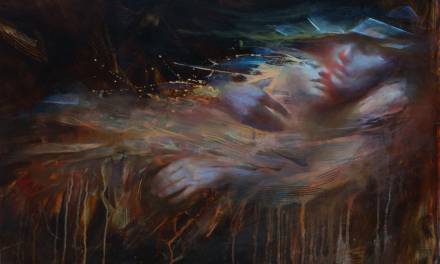
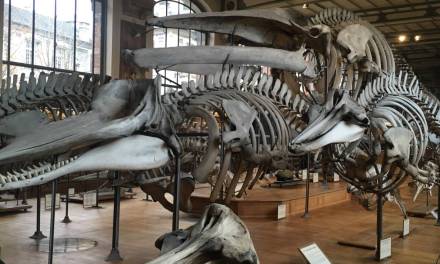

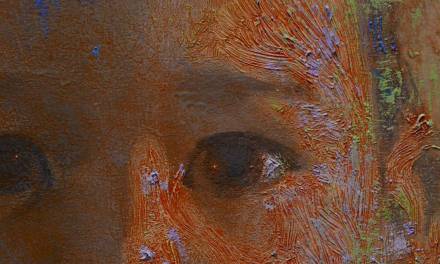

Recent Comments